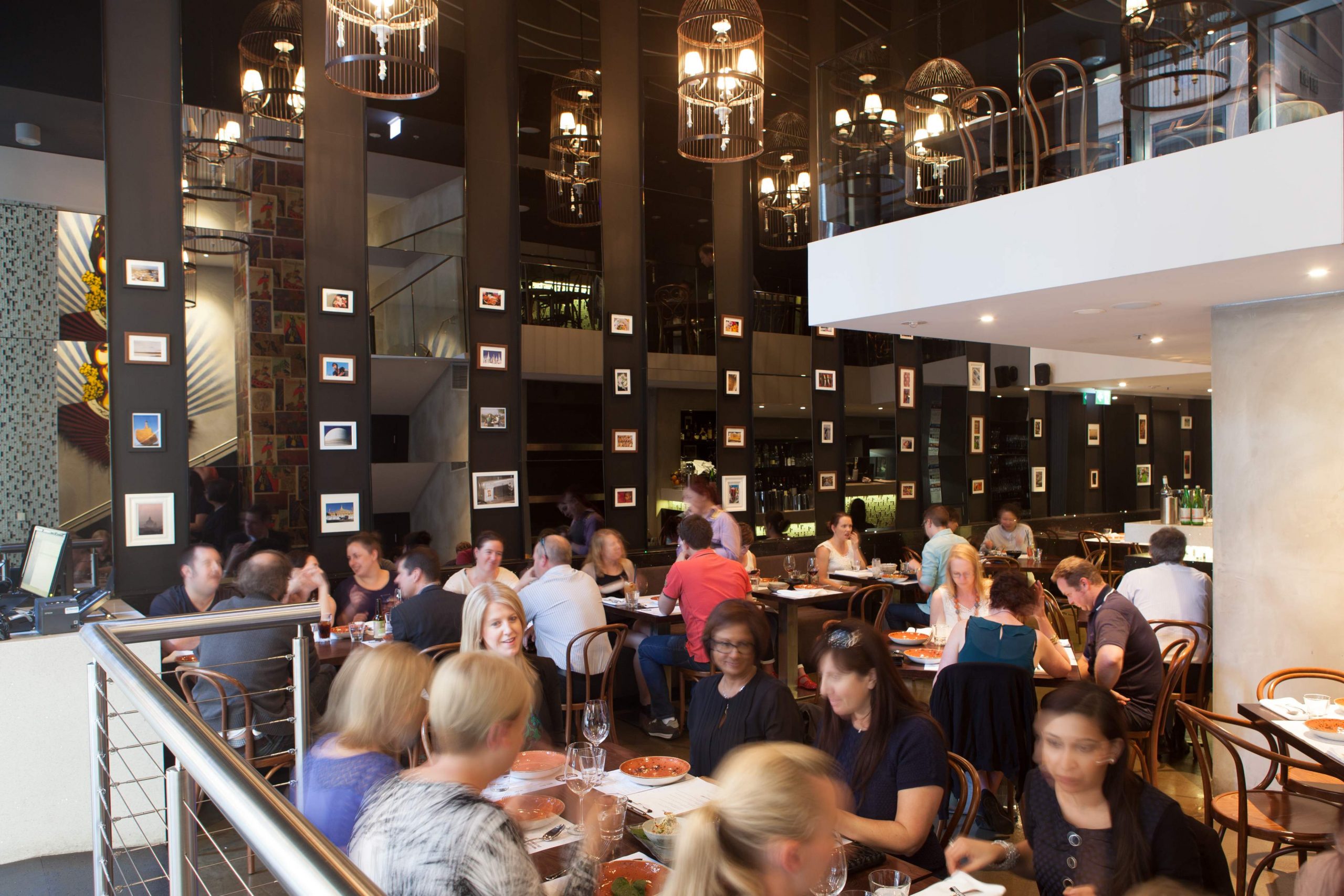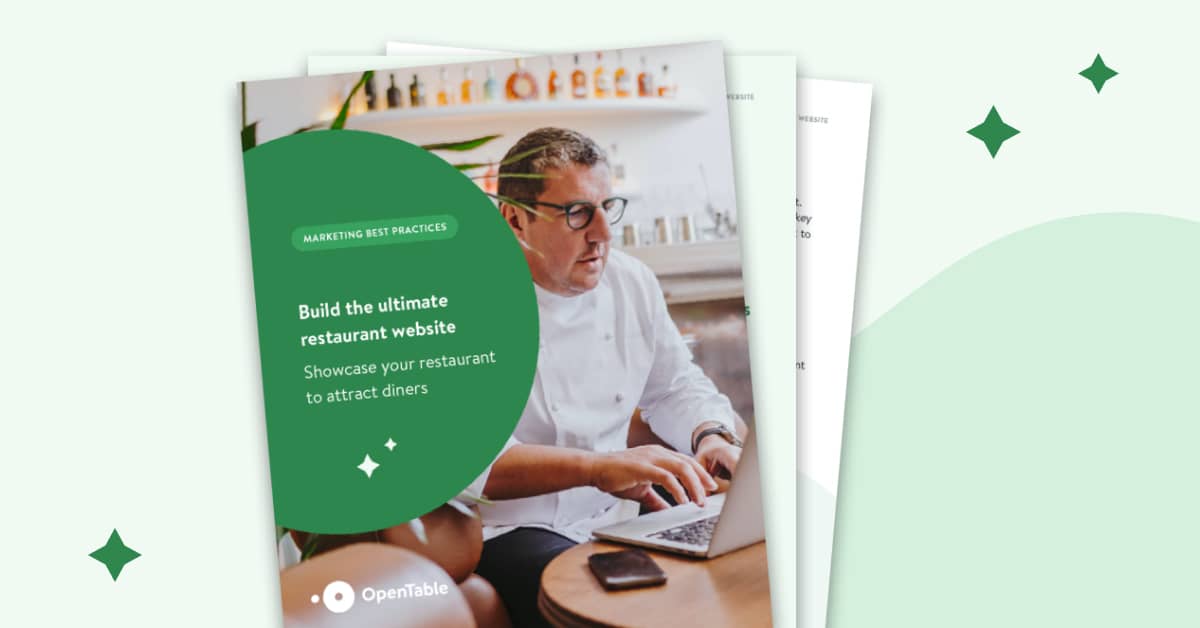Finding a magic metric that measures the success or ROI of your business growth efforts is a near-impossible task. There are several ways you can measure success through restaurant analytics. See how OpenTable’s restaurant data analytics solutions cans help.
OpenTable partnered with Kristen Hawley, founder of the popular Chefs + Tech newsletter, to create the How to Grow & Thrive in the Restaurant Business e-book, the ultimate guide to serving guests and growing your business at every phase of a restaurant’s lifecycle. We’re sharing excerpts from each stage, so follow along and download the whole guide here.
Restaurant bookings and covers
Brand awareness is important, but the most critical measure of success if you want to stay in business will always be this: Are people coming to your restaurant? You can’t always tie visits back to specific marketing efforts, but if a spike in reservations is correlated with a major media story, you can assume a connection. Plus, sometimes the simplest answers are the best.
Plenty of successful restaurateurs welcome guests at the host stand and ask, “How did you hear about us?”
Website visits that come from other digital, social content
This varies depending on the service you use to build and maintain your website. If you’ve built your site in Squarespace, for example, you can use Squarespace’s analytics tool. Google Analytics also works for any site (including those from Squarespace).
The amount of available information may seem daunting, so focus on what’s most important to you: total visits, the traffic coming from a social campaign, or search terms used to land on your page.
Media hits
Which media outlets wrote about your restaurant and how much traction did the feature obtain? What type of audience was addressed? Were other restaurants included?
Start a spreadsheet of publications and the names of reporters so you can reach out, thank them for the coverage, and start an ongoing conversation. These are people you can reach out to later on when you open for lunch or offer a New Year’s Eve special.
Digital ad tracking
How many impressions did your ad receive? Clicks? Conversions? Accessing these analytical tools depends on the platform you use to run your ads.
If you’re just getting started, Google Ads (google.com/ads) is a good place to start; you can build and customise your own ad campaign which will give you immediate access to reports that track how many people saw your ad, and how many clicked.
While investing here might make sense for larger groups, it’s not necessarily a good use of precious capital for smaller, independent restaurants. Those types of concepts will benefit from OpenTable’s in-house digital marketing efforts, which aim to get your restaurant’s table availability at the top of search results.
Follower count
Follower count and growth is a key metrics for social media analytics. Twitter accounts come with built-in analytics at analytics.twitter.com. The breakdown shows reach, follower growth, and popular posts helpfully organised by month.
Instagram is now offering analytics support for business accounts only—to designate your account as a business account, you must link it to a business Facebook page. Currently, this is the only way to access Instagram’s in-house analytics platform.
Social media engagement
How many people are commenting and sharing your content? And what Praise or critical feedback early on can be incredibly helpful in solidifying your social strategy, training your staff, and so much more. A well-crafted social listening process can also help identify the key topics associated with your restaurant brand.
These are only a few of the key restaurant analytics metrics to measure your success. Download the guide and visit page 19 and 20 for more.




